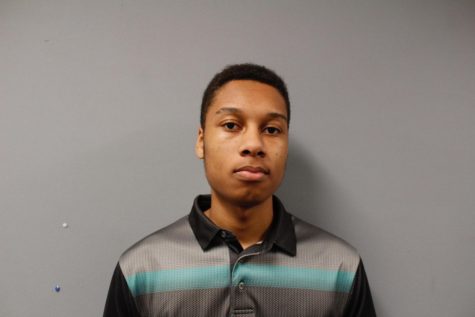Nuclear Research Project Goes Wrong
Students attempt to destroy the science wing with a nuclear bomb
Editor’s Note: The piece below was published in The Weekly’s 2018 “Joke Issue.” All content, quotations, and other editorializations are entirely fictitious.
Last week, the entire campus was evacuated when a voice over the intercom announced that a nuclear bomb had been discovered and its detonation device set for ten minutes and counting.
There were no casualties thanks to the staff and faculty managing to hastily get all the students out of the building. Four classrooms, along with the entire science office and part of the cafeteria, were reduced to ash.
The six-kiloton bomb was not much larger than a suitcase, but it created a large enough explosion to cause such damage. The creation of the nuclear bomb was the result of sophomore, junior, and senior students’ frustration with the workload of their three-week research project on nuclear energy and weaponry in Advanced Physics.
After having a roundtable discussion in class, where they role-played international committees and shared research, the students concluded that the stress from their workload too much to handle.
The students began development of the bomb in a revolt against their teacher. “I’m glad there were like-minded students in the class,” sophomore Isaac Warshaw said. “It was time for payback.”
During the three-week project, students divided into groups of either three or four people were faced with the challenge of answering questions about expansion of nuclear power plants and modernization of the U.S. nuclear arsenal.
Members of the class were expected to keep detailed research notes, write an opinion essay, and write three other formal papers, concluded by an in-class presentation on the final day, all while continuing to finish an assignment from the previous special relativity unit.
The final day of the research project brought a compelling class period with various showcases of academic and real-world discussion.
All of the students met in secret after class and decided that the injustice of late nights and strained brain cells they suffered had to be rectified. They began to call local contacts for military-grade uranium isotopes. The shell and other physical components of the bomb were developed in-house.
As news of the bombing continues to spread, donors in the Parker community have been giving more than enough money to fund for the rebuilding of the science wing. Assistant Director of Facilities Mark Dziwulski has contracted Novak Construction again, and Novak has already shown impressive schematics to the administration.
Once rebuilt, the science wing is expected to have new tools like a visualisation lab, three electron microscopes, and new computerized telescopes, along with amenities such as luxury couches, ping pong tables, a spa, and 4K televisions.
Students like sophomore Jared Saef have found the silver lining of the bombing. “This is awesome,” Saef said. “I’ll love science even more than I already do. We could examine the stars and how the sun revolves around the earth, and we can prove that the earth is flat, finally.”
Computer science teacher Aaron Lee is advocating for an expansion to the robotics program. Lee said, “We want a pool for underwater robotics.”
On an ideal timeline, construction is currently estimated to be finished by winter of 2018. For now, the math and science departments are sharing rooms and reserving space in the library when they can.
Advanced Physics teacher Xiao Zhang prefers to teach his classes in the library nowadays, where there are plenty of exits if he needs to make a run for it.
While devastated by the bombing, Zhang says that he looks forward to the renovated science wing and hopes to introduce a new class about the chemistry of Shanghai cuisine. “The Peninsula Hotel has a very nice Chinese restaurant cooked in the style of my hometown,” he said. “I want that. Shanghai style chemistry of cooking. We’re going to make xiaolongbao.”





